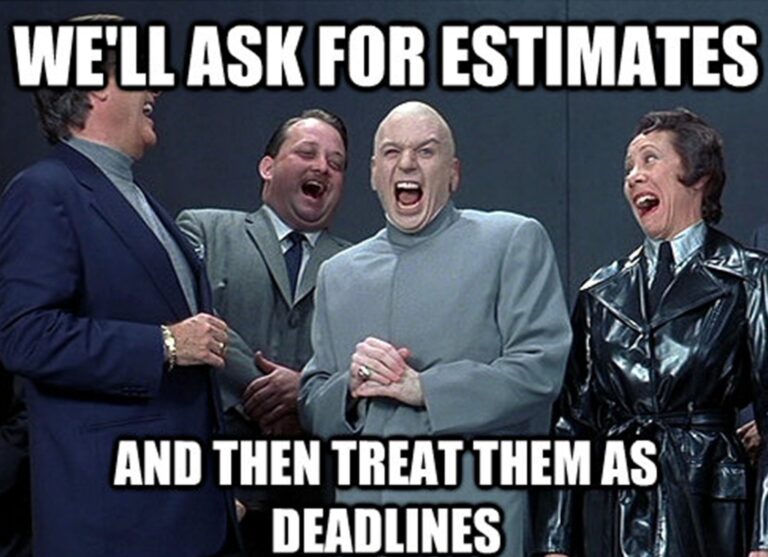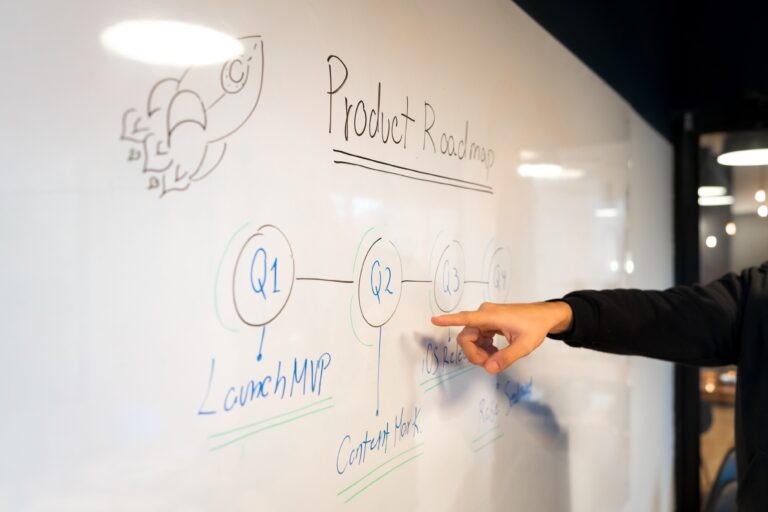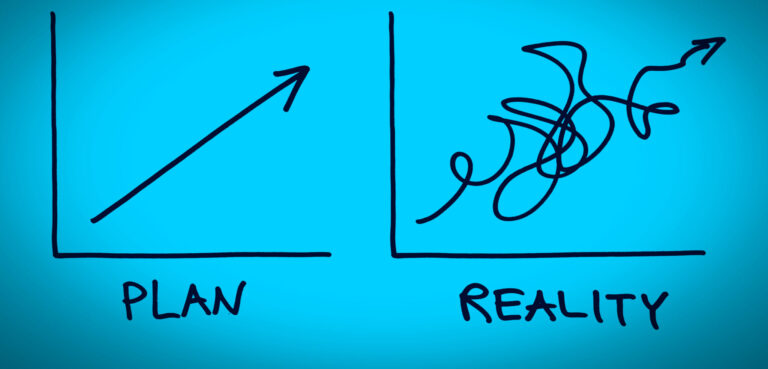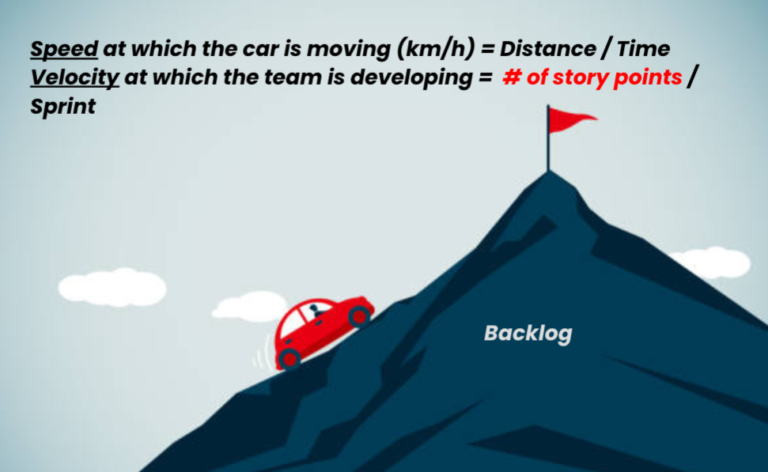How to drive product strategy and prioritisation
How to drive product strategy and prioritisation
Deciding on what to build next – what to prioritise – can mean life or death for a company. Prioritise wrong – usage will drop, customers will churn, and revenue will drop. Prioritise right – your customers will stick, revenue will grow, and your team spirit will skyrocket. This post is about how to design a process for a more holistic, systematic, and continuously improving prioritisation of a product roadmap.
Holistic product prioritisation
Typically, it is the job of Product Managers (also called Product Owners, Squad Leads, Product Officers and other names) to know – what the customer wants, and what the competition is doing and then match those with the priorities of the company and needs of internal/ external stakeholders. In a nutshell – Product Manager filters all the incoming information about the desired next stages of the product, synthesises it, and decides on the right prioritisation. That’s a tough job! The problem is that the Product Manager is a solo artist. However, skilled – over time some stakeholders may feel increasingly more distanced or even excluded from the decision-making about the product.
Holistic product prioritisation attempts to include as many stakeholders in the decision-making as possible. Consider sales, operations, customer service, customer success, strategy, and even the CEO. All of them hear the customer’s voice on a daily basis. All of them have valuable insights for the future of product development. I call this an ‘outside-in’ perspective. Product Managers have to be constantly exposed to the insights of these internal stakeholders. In combination with customer feedback and product stats (the usual focus of Product Managers) – product prioritisation becomes holistic and inclusive.
Systematic roadmap review
The meeting between Product Managers and the aforementioned internal stakeholders should be a regular encounter. The strategic product prioritisation and product roadmap review will have 3 parts:
- Inside-out: Product Managers providing a brief update on what they’re focussing on – what they’re building (can be an async write-up)
- Outside-in: internal stakeholders share what they’ve seen and heard in the market, what are their product pains and wishes.
- Roadmap review: the group reviews the current and upcoming priorities; and calibrates the roadmap to include the latest inputs.
How often is often enough for a roadmap review? My recipe is 2-4x/ month (weekly or biweekly). It may seem like a daunting experience to look at the roadmap too often, however, even if there is no news on either of the sides (inside-out/outside-in), I have found it very healthy for all these stakeholders to come together on a regular basis to reiterate the priorities and in this way maintain a common understanding and alignment about where we’re going as a company. Nobody is excluded, everyone is listened to, and taken into account, and we’re all on the same page. This is achieved by regularly and systematically gathering around the roadmap and reconfirming or adjusting it together.
Continuously improving the strategic product prioritisation
Any process can be improved. Even if a little bit. The same goes for setting the product priorities. One can select a particular product prioritisation framework (read more about different options here) and successfully run the product prioritisation for a long time. However, it is important from time to time to reflect on how satisfied are we with the current setup and if there’s room for improvement… or at least some experimentation.
My recommended approach is to occasionally stir the product prioritisation process by introducing new criteria. For example, “What features will increase our MRR?” or “Which feature will help us on our next funding round?” or “How do the roadmap items match with the deadline we’ve promised to our customers or partners?”. These are very powerful questions and can radically change your product priorities and roadmap. They can also be very painful questions. However, from time to time – they’re worth asking to make sure we’re still on the right track.
In a nutshell, product prioritisation and roadmapping are just other processes that should be reviewed regularly. Make sure you reflect on how you prioritise product features, get feedback from stakeholders and improve.
To summarise, product strategy and prioritisation can be a holistic process that involves all the main internal stakeholders in your company. Make sure their observations are included in the roadmap on a regular basis to achieve thorough alignment on product priorities across the business. And occasionally, challenge the resilience of your product prioritisation framework with extra criteria.







